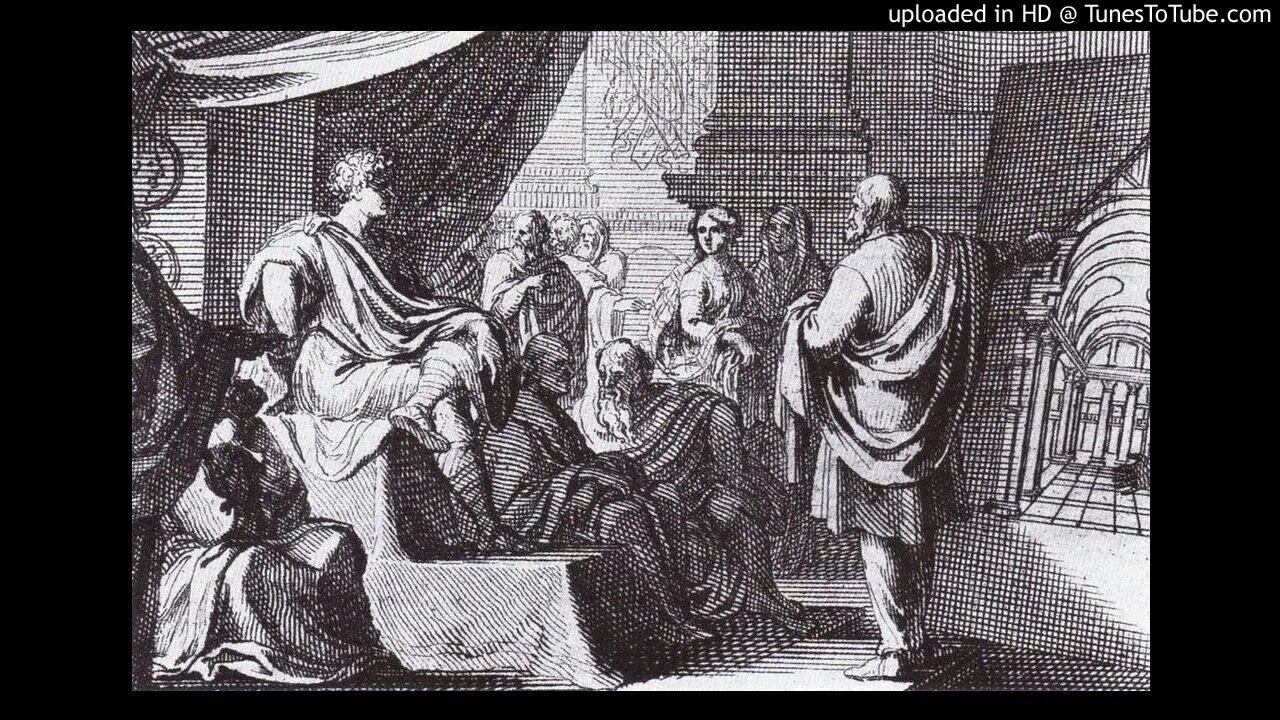Premium Only Content

Ancient Roman Engineer's Blog - Ten Books on Roman Architecture - Marcus Vitruvius Pollio - Book 1
1. The Education of the Architect
2. The Fundamental Principles of Architecture
3. The Departments of Architecture
4. The Site of a City
5. The City Walls
6. The Directions of the Streets with Remarks on the Winds
7. The Sites for Public Buildings
Marcus Vitruvius Pollio c. 80–70 BC – after c. 15 BC), commonly known as Vitruvius, was a Roman author, architect, civil engineer, and military engineer during the 1st century BC, known for his multi-volume work entitled De architectura. His discussion of perfect proportion in architecture and the human body led to the famous Renaissance drawing by Leonardo da Vinci of Vitruvian Man. He was also the one who, in 40 BCE, invented the idea that all buildings should have three attributes: firmitas, utilitas, and venustas, meaning: strength, utility, and beauty. These principles were later adopted by the Romans.
Little is known about his life, but by his own description Vitruvius served as an artilleryman, the third class of arms in the military offices. He probably served as a senior officer of artillery in charge of doctores ballistarum (artillery experts) and libratores who actually operated the machines. As an army engineer he specialized in the construction of ballista and scorpio artillery war machines for sieges. It is possible that Vitruvius served with Caesar's chief engineer Lucius Cornelius Balbus.
Vitruvius' works were largely forgotten until 1414, when De architectura was "rediscovered" by the Florentine humanist Poggio Bracciolini in the library of Saint Gall Abbey. Leon Battista Alberti published it in his seminal treatise on architecture, De re aedificatoria (c. 1450). The first known Latin printed edition was by Fra Giovanni Sulpitius in Rome, 1486. Translations followed in Italian, French, English, German, Spanish and several other languages. The original illustrations had been lost and the first illustrated edition was published in Venice in 1511 with woodcut illustrations, based on descriptions in the text by Fra Giovanni Giocondo. (Wikipedia)
-
 18:12:15
18:12:15
Chesterton Radio
1 year ago $4.71 earnedChesterton Radio Live - Mystery Drama Adventure - Chuck the TV!
43.8K -
 LIVE
LIVE
BBQPenguin_
5 hours agoTasking & PVP! ALL DAY!
26 watching -
 LIVE
LIVE
DoldrumDan
5 hours agoNEW PC TEST #2 NIGHTREIGN INTO FIRST TIME SEEING ELDEN RING IN HD
71 watching -
 18:02
18:02
James Klüg
2 days agoConfronting Unhinged Protesters At Musk's Tesla Diner + Food Review!
33.9K31 -
 LIVE
LIVE
EXPBLESS
3 hours agoLets Level Up Some Guns In Battlefield 2042 | #RumbleGaming | Going In Solo
72 watching -
 26:53
26:53
Scary Mysteries
1 day agoThe Shoe Fetish Slayer: Jerry Brudos
70.5K7 -
 15:17
15:17
AndresRestart
23 hours ago $2.02 earnedVERY COOL Zelda Secrets Found In This Age Of Imprisonment Trailer!
30.5K1 -
 16:02
16:02
RTT: Guns & Gear
1 day ago $3.95 earnedIs The Ramblin Man The Quietest .46 Cal Suppressor? Resilient Suppressors
32.5K5 -
 1:03:12
1:03:12
The Quiet Part
5 days agoMuslim Values Are Canadian?” Canada's DARK SECRET: Two-Tier Justice & the Rise of Sharia Law
31.8K96 -
 7:38
7:38
The Shannon Joy Show
17 hours ago🔥Hidden in Plain Sight: Sex Trafficking, Big Tech, and Section 230 Immunity🔥
35.3K6